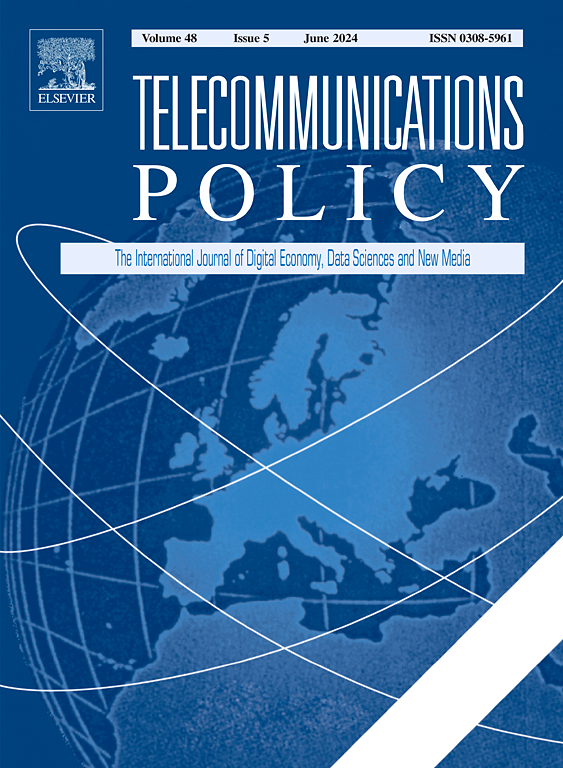Tech diplomacy and Critical Technologies: Case of the LEO satellite internet
IF 6.4
2区 管理学
Q1 COMMUNICATION
引用次数: 0
Abstract
In recent years, a new dimension of International Relations has begun to emerge. It involves not only the traditional actors of diplomacy, but also fosters dialogue between states and the private tech industry. This new form of interaction is referred to as “Tech Diplomacy” or (increasingly) Techplomacy. This emergent way of practicing International Relations was spurred by the unprecedented influence induced by the giant Technological Companies. It seeks to engage those companies while taking into consideration the new power structures they shape, the geopolitics shifts they engender and the perspectives of the power games revolving around key technologies these firms own. In this paper, we shed light on the need to leap into a new era of conducting International Relations, recognizing the obsolescence of some of the existing diplomatic frameworks and embracing a complex reality for which we lack the codes. Among the Critical and Emerging Technologies, we case-study LEO satellite Internet, as an example. Its geopolitical implications are studied, some of the challenges that this technology carries are exposed and some of the limitations of the existing diplomatic tools are addressed in order to highlight the need for Tech Diplomacy. Consequently, a new way for practicing International Relations is put forward, steered by a new generation of diplomats who need to engage satellite internet industry in a complete different manner, and a roadmap for tech diplomats is propounded for the purpose of ensuring their country's national security, economic competitiveness and technological sovereignty.
科技外交与关键技术:低地轨道卫星互联网案例
近年来,国际关系出现了新的发展趋势。它不仅涉及传统的外交角色,还促进国家与私营科技行业之间的对话。这种新的互动形式被称为“技术外交”或(越来越多地)技术外交。这种新兴的国际关系实践方式是由科技巨头带来的前所未有的影响力所推动的。它试图吸引这些公司,同时考虑到它们塑造的新权力结构、它们产生的地缘政治转变,以及围绕这些公司拥有的关键技术的权力游戏的观点。在这份文件中,我们阐明了有必要跨入一个处理国际关系的新时代,认识到一些现有的外交框架已经过时,并接受我们缺乏准则的复杂现实。在关键新兴技术中,以低轨道卫星互联网为例进行了研究。研究了其地缘政治影响,暴露了这项技术所带来的一些挑战,并解决了现有外交工具的一些局限性,以强调对技术外交的需求。因此,提出了一种新的国际关系实践方式,新一代外交官需要以完全不同的方式参与卫星互联网产业,并为确保国家安全,经济竞争力和技术主权提出了技术外交官的路线图。
本文章由计算机程序翻译,如有差异,请以英文原文为准。
求助全文
约1分钟内获得全文
求助全文
来源期刊

Telecommunications Policy
工程技术-电信学
CiteScore
10.80
自引率
12.50%
发文量
122
审稿时长
38 days
期刊介绍:
Telecommunications Policy is concerned with the impact of digitalization in the economy and society. The journal is multidisciplinary, encompassing conceptual, theoretical and empirical studies, quantitative as well as qualitative. The scope includes policy, regulation, and governance; big data, artificial intelligence and data science; new and traditional sectors encompassing new media and the platform economy; management, entrepreneurship, innovation and use. Contributions may explore these topics at national, regional and international levels, including issues confronting both developed and developing countries. The papers accepted by the journal meet high standards of analytical rigor and policy relevance.
 求助内容:
求助内容: 应助结果提醒方式:
应助结果提醒方式:


